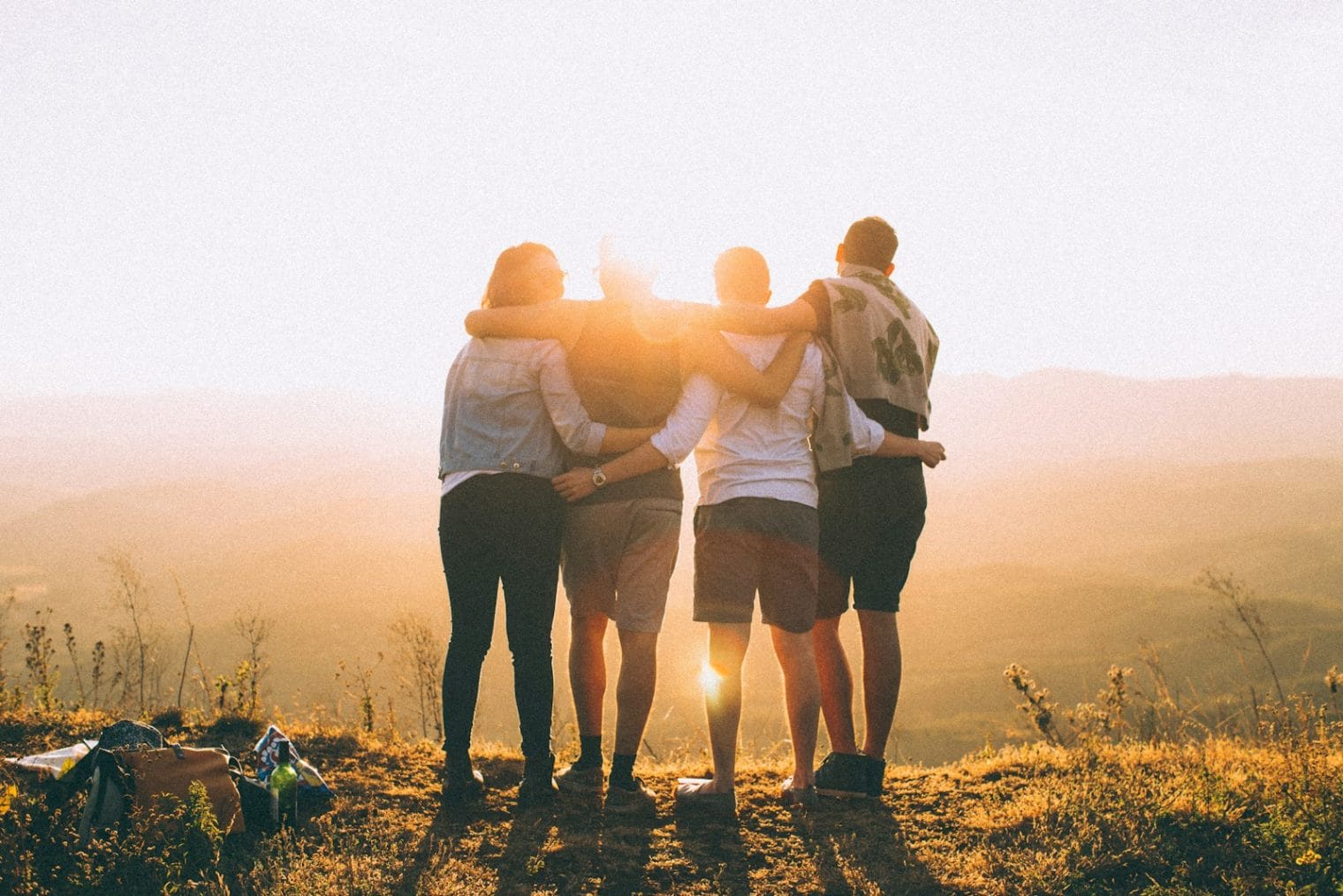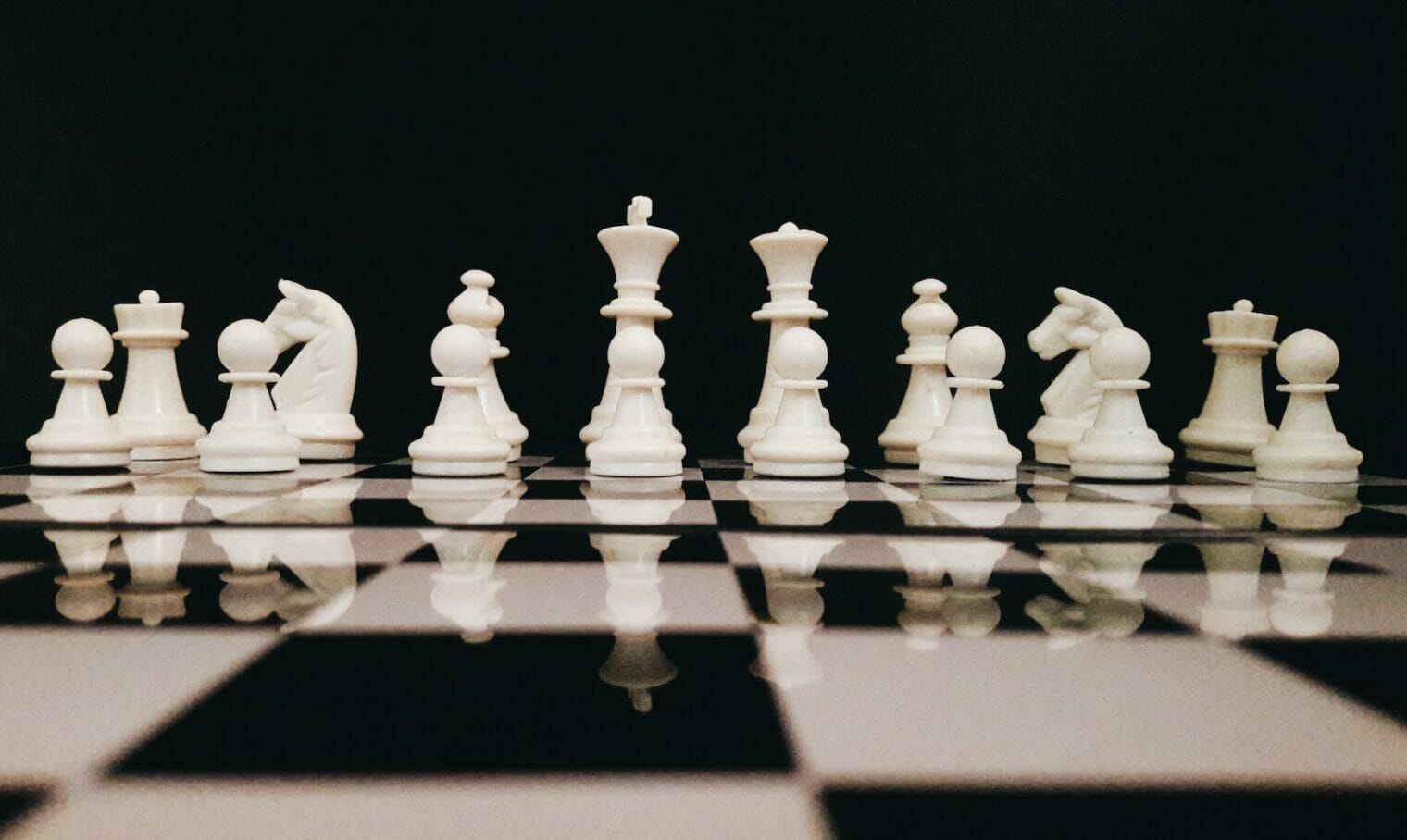It’s often said that you might not fully understand a feeling until it hits close to home. That was true for me when my brother confided in me that he had attempted suicide a couple of times in the past week. I was both shocked and scared, unsure how to process the gravity of what he was saying and how to respond. I felt overwhelmed by the thought of losing him, but I knew I had to focus on his pain, his experiences, and what was going on in his life.
As he talked about feeling overwhelmed by everything happening around him, I was reminded of my own struggles. There had been times when I too had either attempted or seriously considered ending my life. The common thread between my brother and me? Isolation. We were both silently fighting our inner battles, and no one around us had any idea what was going on in our minds. How could they? We grew up in a society that often labels depression as a weakness. Instead of being encouraged to seek help, we were more likely to hear phrases like, “You need to get yourself together.”
It’s no surprise that Africa has the highest suicide rate in the world according to the World Health Organization, with more than half of those deaths triggered by depression. In societies where mental health issues are stigmatized, people tend to withdraw into themselves, unable to seek the help they desperately need. This isolation is dangerous, and it’s something we must work to address as a community.
The Power of Connection
Community plays a crucial role in suicide prevention. Isolation can intensify feelings of despair, but being part of a supportive, understanding community can be a lifeline. When people feel connected to others—when they feel seen, heard, and valued—it becomes easier to share their struggles and seek help. Communities have the power to break down the barriers of stigma, to replace silence with conversations, and to provide the emotional support necessary to prevent suicide.
In my own experience, I’ve come to realize how much stronger we are together than we are alone. When my brother and I started talking openly about our struggles, it felt like a weight had been lifted. We didn’t have all the answers, but we had each other. That sense of connection, that ability to be vulnerable with someone else, was life-changing. It made us realize that we weren’t alone in our battles.
Building Communities with curaJOY
Organizations like curaJOY are essential in the fight against suicide. We understand that building emotionally supportive communities is one of the most effective ways to combat social isolation and promote mental wellness. By creating safe spaces where people can connect, share, and support one another, curaJOY is fostering environments that prioritize emotional health and well-being.
At the heart of curaJOY’s mission is the belief that emotional intelligence and social skills are key to mental wellness. We design programs that help individuals build resilience, navigate their emotions, and form meaningful connections with others. These communities not only support emotional growth but also provide a safety net for those who may be struggling. When people have a place where they feel accepted, and where they can speak freely without judgment, they are less likely to suffer in silence.
My favorite time of the week is our Monday full-team meetings. These virtual meetings provide a safe space where we can openly discuss both personal and professional challenges. It’s an opportunity not only to share our struggles but also to hear valuable advice and experiences from other team members. The sense of support and understanding in these meetings helps to foster a deep sense of community and reminds us that we’re never alone in facing life’s difficulties.
curaJOY’s focus on developing emotional wellness from a young age helps build a culture of openness and support through our Youth Ambassadors Program. By teaching children how to express their emotions, cope with stress, and seek help when needed, they are empowering future generations to break the cycle of isolation that often leads to suicide.
Conclusion
Suicide prevention is not a solo journey—it requires the collective efforts of families, friends, and communities. We must work together to create an environment where no one feels alone in their struggles. It’s about replacing judgment with understanding, isolation with connection, and silence with open, compassionate conversations.
By building strong, supportive communities, we can make a difference. We can be there for each other in the moments that matter most. And we can work to ensure that no one has to face the darkness of depression alone.



Leave a Reply